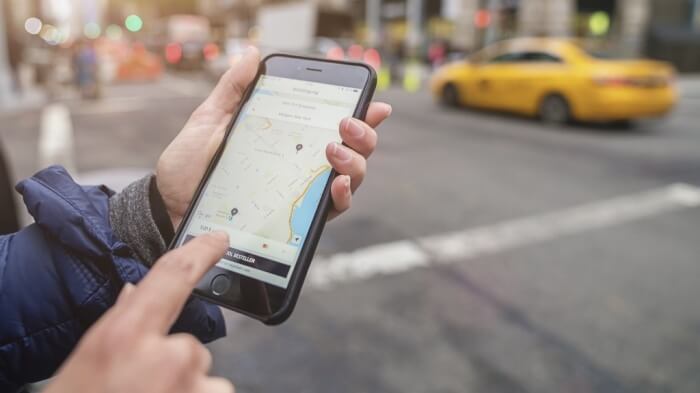Businesses should stop focusing on what other people are doing and start thinking about what their customers love.
What's The Real Value Of Your Business?
Businesses should stop focusing on what other people are doing and start thinking about what their customers love.

There are a lot of excellent ideas out there: games, productivity apps, social networks, creative tools and everything in between.
But there are also a lot of startups that, despite having had a great idea, have struggled to become profitable. And there are a hell of a lot of apps out there that drive their users steadily crazy with they way they monetise.
The most common commercial model for apps these days is ‘ads until you pay me’ — not exactly a positive feedback loop between the business and the customer. Advertising does work well in some contexts, but in others, it feels a bit like extortion.
Think of it this way: you’re at a bar. Which person are you going to feel good about buying a drink for, the charming and interesting one who made you feel good, or the one who kept pestering you until you gave in?
Keeping just a few simple ideas in mind can make a big difference in the way your customers feel about you, which in turn makes a difference in how much money they’ll spend with you in the future.
1. It’s not about you.
People will pay for what makes them happy. Or, to put it in more commercial terms, for whatever they find valuable.
Whether that’s convenience, or time saved, or a little bit of extra luxury, or status amongst their peers, or (yes) getting you to stop annoying them, that’s what they’re buying: their idea of value, which may be different to yours.
So when you think about monetising this brilliant new idea you’ve got — and I hope you’re thinking about it right from the beginning — that’s the place to start.
2. Make Magic Moments.
I’m a big believer in the fact that a product isn’t really viable until it’s loved. And if you make a product that fulfils the needs, desires or dreams of your customers (or just makes their day a little bit better), that’s also likely to be a product that at least some of them will pay for.
It’s a matter of mapping the money to the moments they value the most.
This is one reason why in-app purchases have been so successful for many products: what’s happening is that they’re asking customers for money at the exact moments when the customer is getting something they feel is valuable, whether that’s an extra life, or a poster of that photo, or VIP access to that big event.
Mapping these moments is the first step to sustainable monetisation.
3. Be brave enough to try something new.
Just because another product, service or app is doing something, doesn’t mean you have to.
It’s true that sometimes the best way to convey a new idea is to call it something like “Uber for Porcupines” but even if that’s true, it doesn’t necessarily mean that Uber’s business model is exactly right for you. Maybe those porcupines need to be able to pay in quills rather than pounds and pence.
Maybe your customers are willing to give you valuable data — the answers to specific questions, say — or accept specific offers in exchange for that magic moment you’re giving them.
Part of knowing your customers is understanding what drives them, and what’s likely to make sense to them in exchange for what they’re after.
It’s no good blindly following a business model that’s wrong for you just because it’s what everyone else is doing. Don’t be afraid to go another way: in-app purchases and peer-to-peer rentals were unheard of just a few years ago, after all.
As always, the most important lesson is the central one: put people first. Because it’s people who will make or break your product: they’ll download or not, they’ll pay or not, they’ll love it and tell all their mates about it. Or not.
I’ve created a set of seminars that address this and other common challenges we face when we make products and services. You can learn more about them and sign up here.
Thanks for signing up to Minutehack alerts.
Brilliant editorials heading your way soon.
Okay, Thanks!




